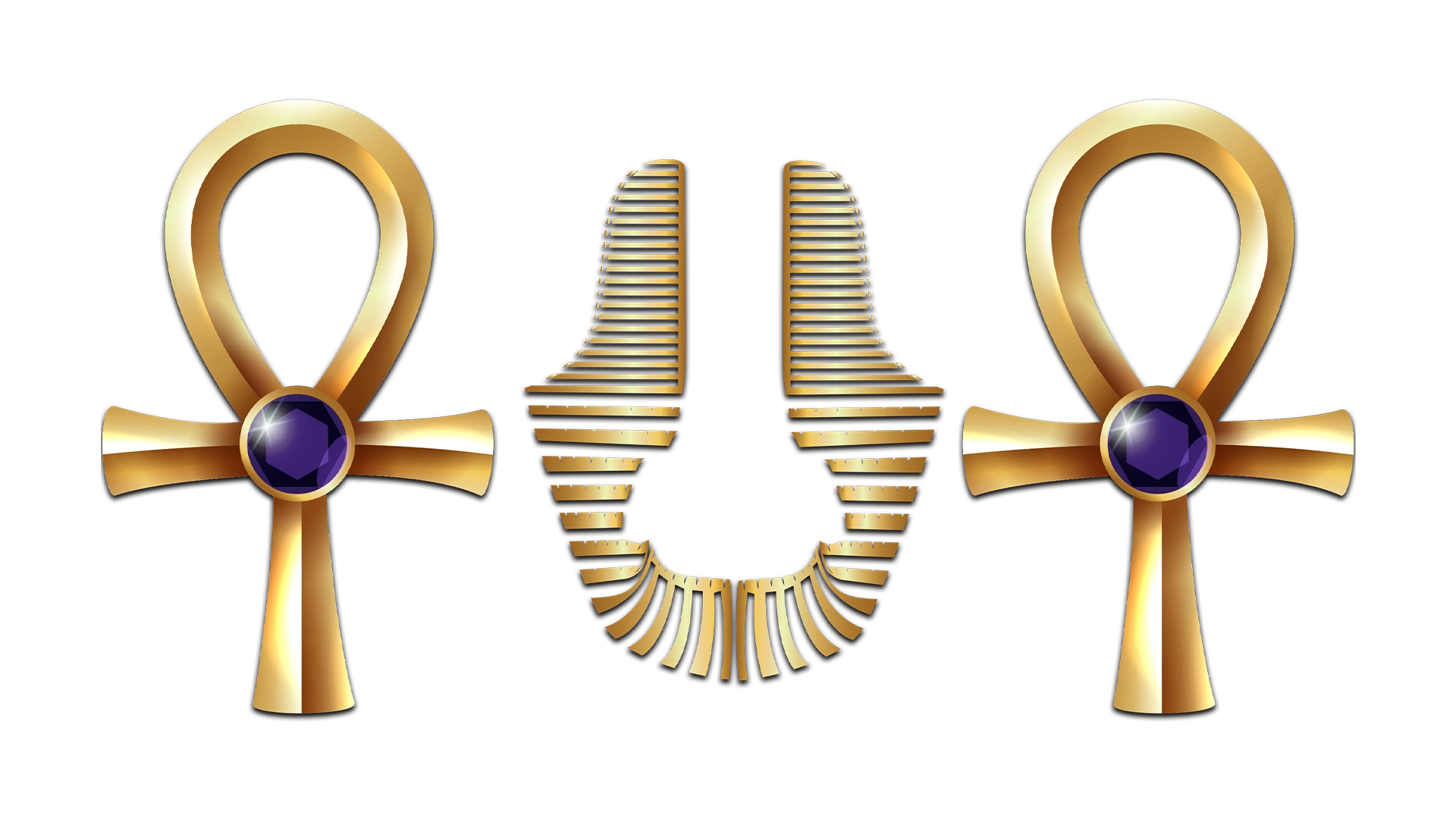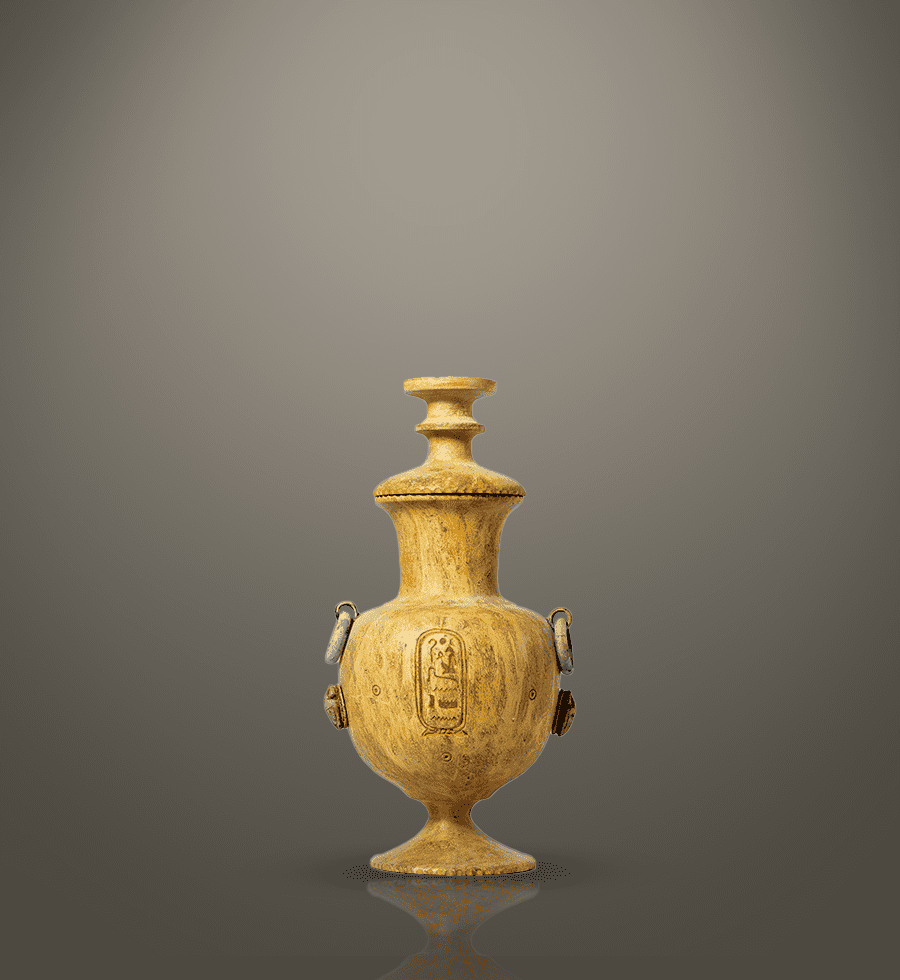Flint Vase with Ramses III Cartouche
This Flint Vase with Ramses III Cartouche is a fine example of ancient Egyptian craftsmanship. Flint, a hard and durable material, was highly valued in ancient Egypt for making tools, artifacts, and ceremonial items. The vase’s sleek design and smooth surface demonstrate the exceptional skill of the artisans who shaped it. Working with flint required precise techniques, and this vase is a testament to their expertise.
The Symbolism of the Ramses III Cartouche
Engraved on this Flint Vase with Ramses III Cartouche is the name of one of Egypt’s most renowned pharaohs. In ancient Egyptian culture, cartouches were used to signify and protect royal names. By inscribing Ramses III’s cartouche on this vase, the artisans linked the piece to the pharaoh’s reign, making it a symbol of royal authority and prestige. The cartouche doesn’t just mark the vase as an object of beauty but as a piece connected to Egypt’s powerful royal lineage.
Mastery of Flint Craftsmanship
Egyptian craftsmen mastered the challenging process of shaping flint into both functional and decorative objects. Flint is a difficult material to work with due to its hardness, but the artisans skillfully chipped, shaped, and polished it into a refined and elegant piece. This vase, made from flint, showcases how the ancient Egyptians turned practical materials into highly valued artifacts.
Historical and Cultural Importance of Ramses III’s Cartouche
This vase is more than just a functional object. The connection to Ramses III gives it a deeper meaning, reflecting the strength and power of his reign. Ramses III was a military leader who defended Egypt from foreign threats, and his cartouche on this vase symbolizes his enduring legacy. It likely had ceremonial or religious significance, serving as a vessel used in important rituals. The
For more on Egypt’s artistic legacy, explore our ancient artifacts Alabaster collection or read about Ramses III’s history.











Reviews
There are no reviews yet.